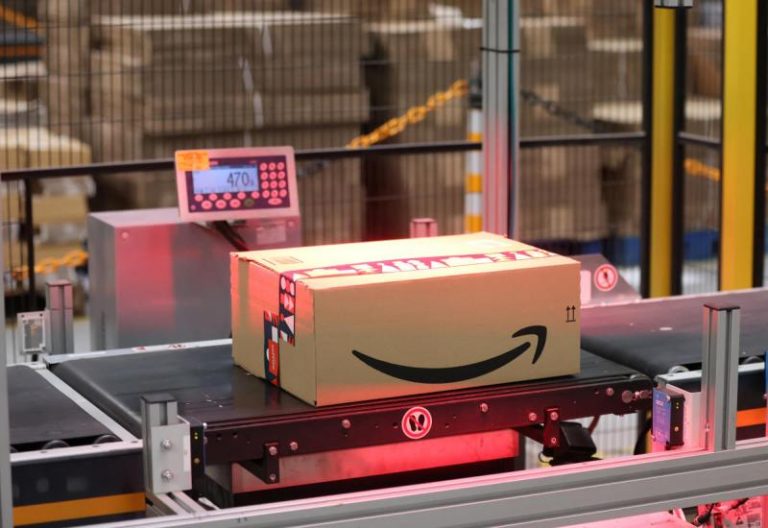
If Amazon executes the customer self-pickup and influences the behaviour of customers, it will solve a fundamental scaling paralysis in its business model: logistics. Yes, e-commerce is not just “electronic” or “digital” since after the clicks, atom-level infrastructure would be required to move those items from warehouses to homes.
When you run the numbers, the real cost of ecommerce is in the meatspace (physical domain), and not in the digital space. With that, logistics becomes what significantly determines margins since you have to move the items, incurring distribution costs.
So, if Amazon delivers on this playbook, it will unlock more vistas in the ecommerce sector: “Amazon will pay some customers $10 to come and pick up their orders at locations such as Whole Foods, Amazon Fresh or Kohl’s stores, versus shipping them to a home address. The move is an effort to cut costs on deliveries and returns”.
Register for Tekedia Mini-MBA edition 19 (Feb 9 – May 2, 2026): big discounts for early bird.
Tekedia AI in Business Masterclass opens registrations.
Join Tekedia Capital Syndicate and co-invest in great global startups.
Register for Tekedia AI Lab: From Technical Design to Deployment (next edition begins Jan 24 2026).
Yes indeed, a hybrid model where you link online and offline assets will help any B2C ecommerce. Konga is doing that in Nigeria, using many physical stores within their Group to scale the mission.
Amazon will pay some customers $10 to come and pick up their orders at locations such as Whole Foods, Amazon Fresh or Kohl’s stores, versus shipping them to a home address. The move is an effort to cut costs on deliveries and returns, reports Reuters. While the e-commerce giant has “worked for years to train consumers to expect fast, no-fee deliveries and returns,” it is currently facing a drop in consumer demand, amid an uncertain global economy. Amazon has tried to contend with the slowdown after its explosive growth during the pandemic, by hiking its Prime membership fees, as well as raising the minimum order price for free grocery delivery. The Information recently reported that Amazon is charging a $1 fee to some customers if they return packages via a UPS store, if there is an Amazon pickup/return location closer to their delivery address.
That said, more American shops are leaving offices and moving closer to customers. Why not if people are working from homes! Yes, since they’re not coming to offices, move the stores closer to where they live. If this trajectory picks up, you may be surprised that ecommerce growth may dip as most of the buyers can pick items right by the corner side, with no need to order online since stores are closer to homes. When that becomes the order of the day, paying attention to the cost of logistics becomes strategic for a company.
Strip malls and other suburban shopping venues have found a new lease on life, as eateries and clothing stores follow workers from city offices to their homes. During the second half of last year, the availability of urban retail rose above that of suburban retail for the first time in at least a decade, real-estate firm CBRE said. One restaurant chain, Dig, which had been struggling recently in Manhattan, Philadelphia and Boston, is opening stores in the burbs and residential areas of cities. “We just want to be where the mouths are,” said CEO Tracy Kim. Sweetgreen’s suburban footprint has grown to 50% of its salad-selling restaurants from 35% before the pandemic. High-end retailer Nordstrom last week announced it was closing up shop in downtown San Francisco amid drooping sales and rising crime.
---
Connect via my
LinkedIn |
Facebook |
X |
TikTok |
Instagram |
YouTube


